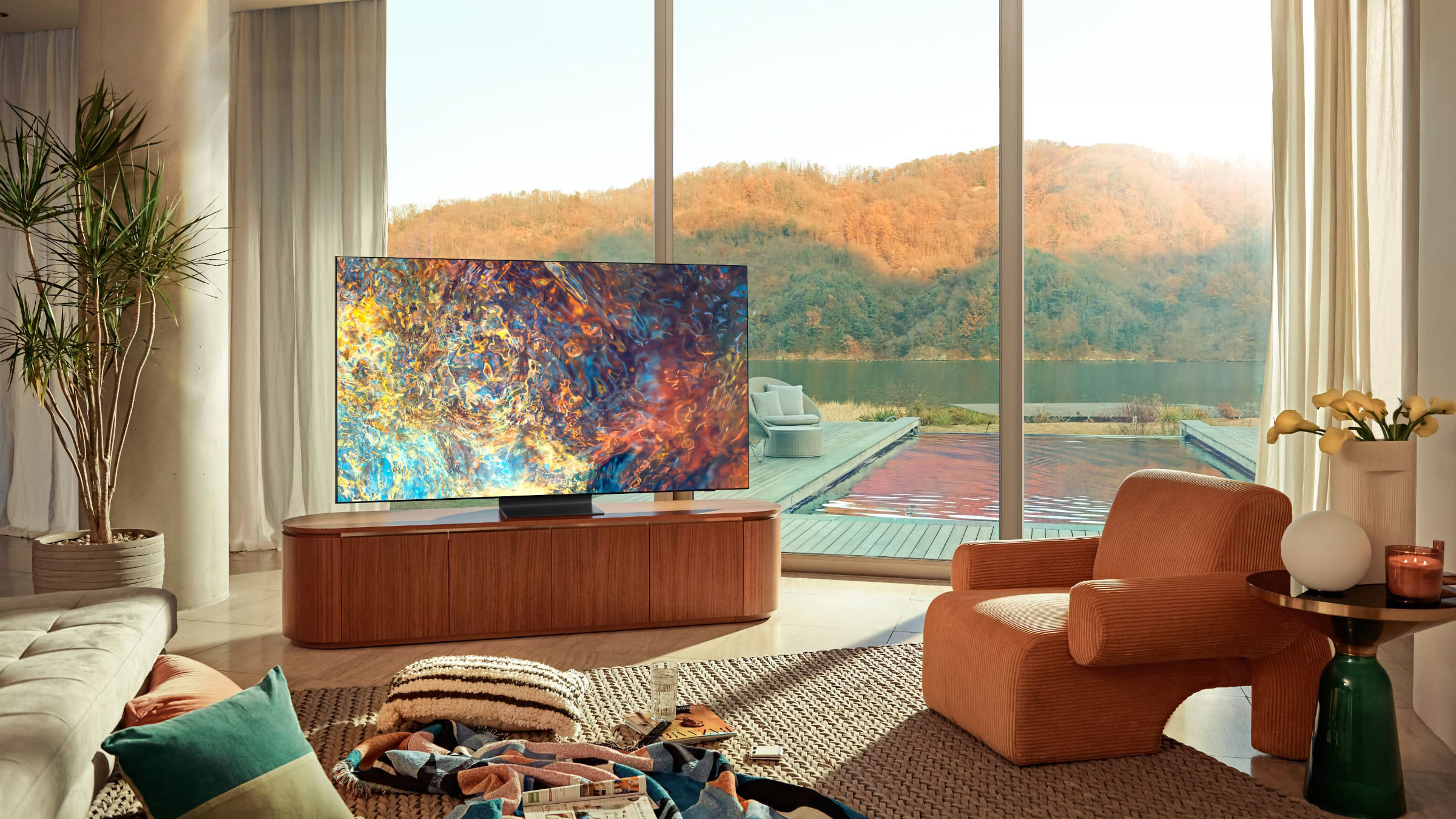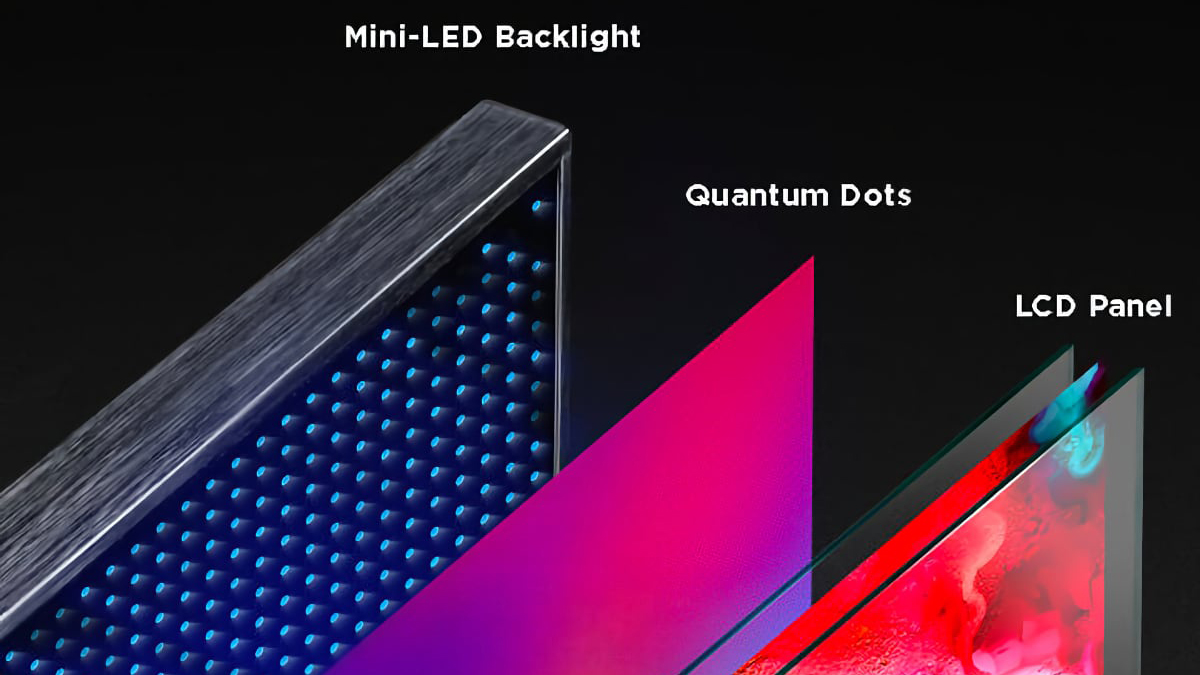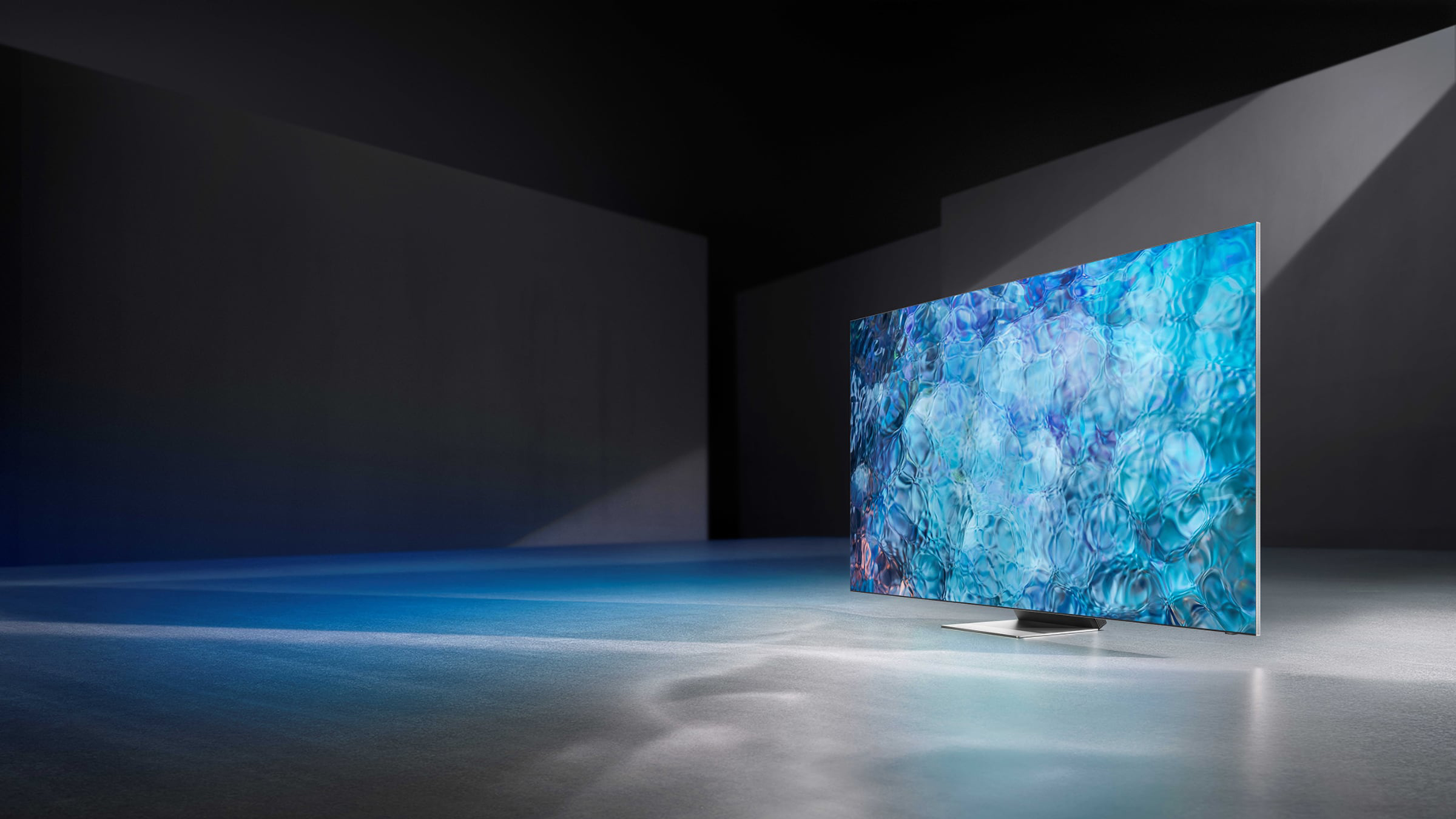Mini LED won't overtake OLED TVs – at least, not by itself
Are Mini LED backlights really all they're cracked up to be?

With thousands of dimming zones, huge contrast, retina-searing brightness levels, and an eye-popping HDR experience, Mini LED certainly seems to have plenty going for it.
Both LG and Samsung are rolling out Mini LED-powered TVs, prompting some industry observers to predict Mini LED could take over from OLED as the technology of choice for the best TV sets – while research suggests it could surpass OLED in terms of volume by 2025. But is Mini LED all it’s cracked up to be?
Compared to conventional LED backlights, Mini LED’s smaller diodes allow for more numerous individual LEDs to be squeezed into a given panel size, which means more local dimming zones and better control of lighting and contrast. Compared to OLED, Mini LED also promises dramatically more punch and brightness. Put the two together and the result could be the best HDR viewing experience yet.
Mini LED also promises better endurance than OLED, with the latter still suffering from degradation problems due to the organic content used in its manufacturing. If that’s the theory regarding Mini LED, little of it is entirely given. The first issue to understand is that Mini LED is a backlight for LCD panels. In other words, it’s not a per-pixel technology like OLED. And it’s transmissive rather than emissive. It still involves shining a backlight through an LCD panel. It addresses some of the inherent flaws of transmissive LCD tech. But it won’t solve all of them.
- Micro LED vs OLED: the battle of high-end display tech
More to the point, there’s no standard for the actual number of diodes and in turn dimming zones in any given Mini LED screen. Initial Mini LED TVs from brands including TCL have thus far topped out at around 1,000 zones. At CES 2021, both LG and Samsung announced new families of Mini LED TVs, with the former’s QNED sets packing as many as 30,000 individual LEDs, but topping out at 2,500 dimming zones – and even that number only applies to the largest 85-inch screen.
Samsung has been cagier about the zone count of its upcoming Mini LED TVs, while TCL has only said its next-gen models will offer ‘thousands’ of zones. Broadly, most new Mini LED TVs this year are expected to offer something in the region of 1,000 to 3,000 zones.
At first glance, that seems like a big step forward compared to conventional full-array dimming TVs with perhaps a few hundred local dimming zones. It should be an order of magnitude between them. But compared to a true per-pixel panel technology? Forget it.
Get daily insight, inspiration and deals in your inbox
Sign up for breaking news, reviews, opinion, top tech deals, and more.
Getting in the zone

A 4K panel packs fully eight million pixels. With a per-pixel technology like OLED, that’s effectively eight million zones. Per-pixel lighting is, strictly speaking, possible with LED backlighting as well as OLED technology. But once you have that many diodes, you may as well ditch the LCD panel entirely, taking you into the realms of Micro LED, a technology that will very likely be the end game for flat-panel displays but remains at least five years away from appearing in vaguely affordable TVs for home users.
If you think of local dimming zones as akin to pixels, then even thousands of zones translates into pitifully low resolution. A ‘resolution’ of 70 by 40 local dimming zones gives you 2,800 zones in total. Imagine how utterly awful an actual screen resolution of 70 by 40 would be, how big and blocky the pixels would be. The reality, then, is that even with thousands of local dimming zones, these sets aren’t likely to have the backlighting precision to entirely get rid of halos and blooming around bright objects set in dark backgrounds.
That’s not the only issue. Local dimming technologies including Mini LED also create problems that didn’t previously exist. Complex algorithms to control the dimming zones are required, in order to minimise the aforementioned blooming and halos as well as ensure backlight uniformity, prevent fluctuation and manage power consumption.
By contrast (no pun intended), a per-pixel technology like OLED isn’t just far more precise. It’s also much simpler. There’s no need to process the image stream with complex algorithms to manage backlighting, possibly introducing unwanted artefacts and image flaws. The image is directly rendered on a per-pixel basis, something the Mini LED screen still has to do on the LCD display itself.
Of course, Mini LED will almost certainly move the game on for backlit LCD TV tech. More numerous local dimming zones will certainly reduce the size of blooming around bright objects. Perhaps the best Mini LED sets will do that well enough for the problem to be completely conquered for some viewers. If that is achieved, the greater brightness of Mini LED versus OLED will become even more relevant – but it’s hard to see the latter being knocked out entirely.

In the meantime, OLED’s per-pixel properties still give it clear advantages. But ultimately, the perfect flat panel TV tech won’t arrive until Micro LED panels become affordable. It’s also likely that OLED prices will come down later this year as 8th-gen manufacturing facilities come on line. Already, Mini LED panels are thought to only be slightly cheaper than OLED due to the complexity of packaging the backlight array and the added processing required for the dimming algorithms.
It will certainly be interesting to see if Mini LED delivers on its promise. Even if it does, some users will likely prefer the per-pixel qualities of OLED technology. In that regard, it will probably be a little like the contest between the plasma and LCD TVs of yore. Long after LCD took over as the dominant technology for TVs, plasma screens retained advantages in contrast and viewing angles. To this day, there are elements of plasma technology that are superior to the LCD alternative, such are the inherent flaws of LCD. The same will apply to LCD versus OLED.
LCD has so many built-in bugs, from narrow viewing angles to poor contrast and response, that it’s taken decades of constant development to get where we are today. And it remains flawed by many metrics compared to any per-pixel emissive technology.
- Check out the best OLED TVs here
Technology and cars. Increasingly the twain shall meet. Which is handy, because Jeremy (Twitter) is addicted to both. Long-time tech journalist, former editor of iCar magazine and incumbent car guru for T3 magazine, Jeremy reckons in-car technology is about to go thermonuclear. No, not exploding cars. That would be silly. And dangerous. But rather an explosive period of unprecedented innovation. Enjoy the ride.